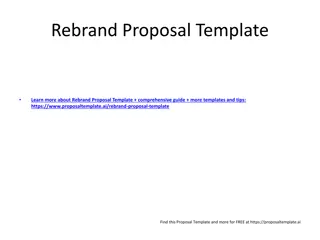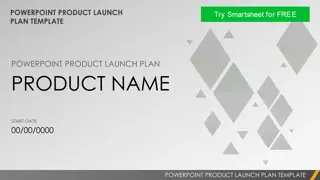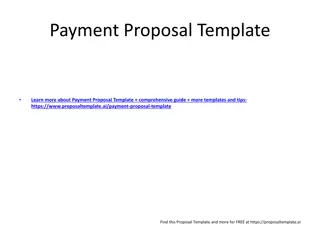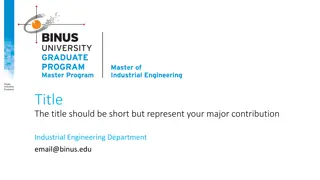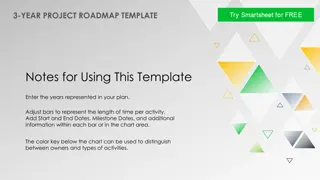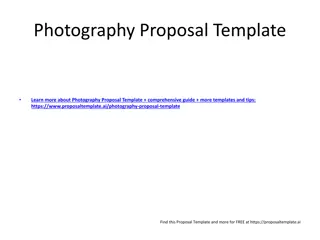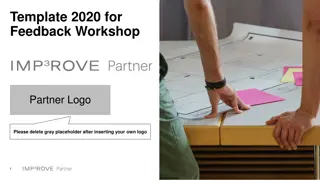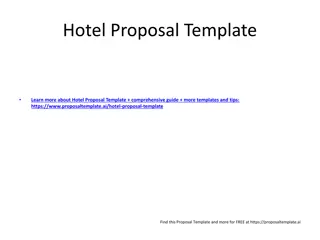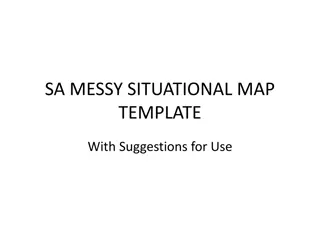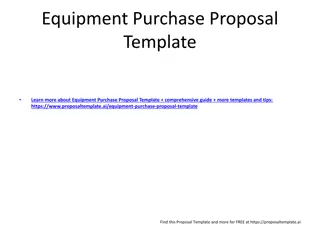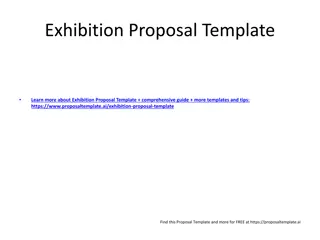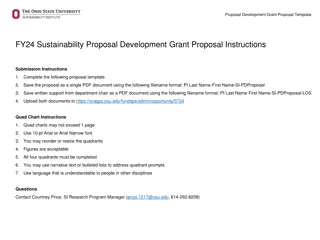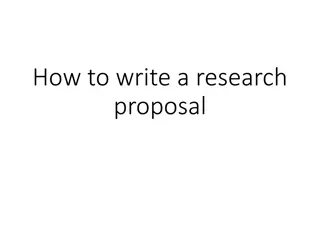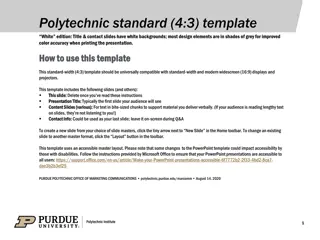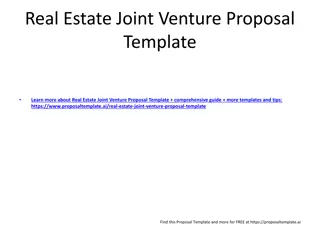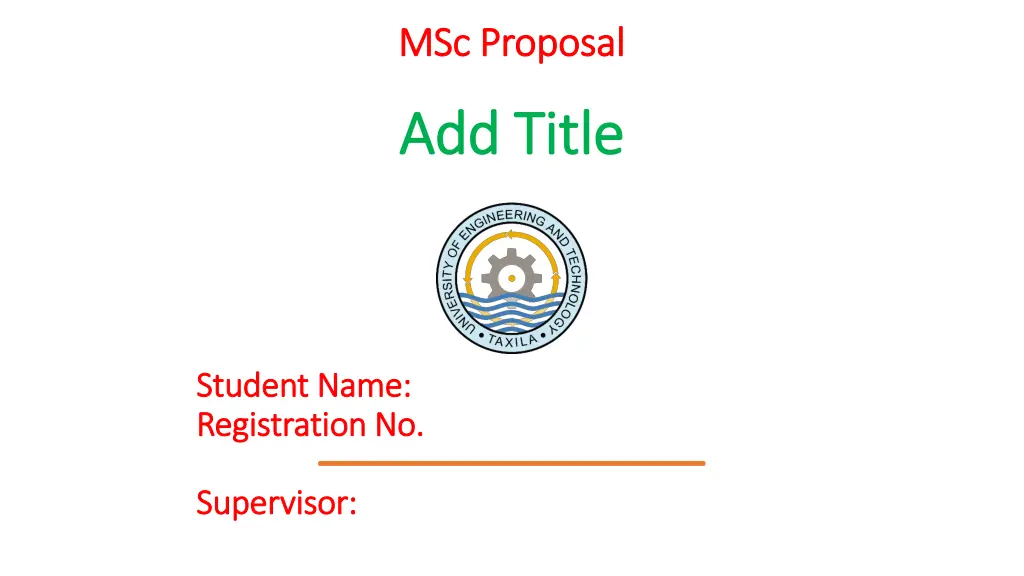
Crafting MSc Proposal: Guidelines and Strategies
"Learn how to structure your MSc proposal effectively, from introduction to methodology, with tips on literature review, problem statement, significance of research, aim, objectives, and methodology. Follow the guidelines presented for successful project presentation in academia."
Download Presentation

Please find below an Image/Link to download the presentation.
The content on the website is provided AS IS for your information and personal use only. It may not be sold, licensed, or shared on other websites without obtaining consent from the author. If you encounter any issues during the download, it is possible that the publisher has removed the file from their server.
You are allowed to download the files provided on this website for personal or commercial use, subject to the condition that they are used lawfully. All files are the property of their respective owners.
The content on the website is provided AS IS for your information and personal use only. It may not be sold, licensed, or shared on other websites without obtaining consent from the author.
E N D
Presentation Transcript
MSc Proposal MSc Proposal Add Title Add Title Student Name: Student Name: Registration No. Registration No. Supervisor: Supervisor:
Table of Contents Table of Contents Introduction/Background Literature Review Problem Statement Significance of Research Aim and Objectives Methodology Expected Outcomes Research Schedule References
Introduction Introduction Guidelines The presentation time will be 7mins followed by 3mins Q/A session. Avoid long paragraphs. Make use of bullet statements. Figures and graphs should be of good quality and data should be readable. Use APA Citation Style for in-text citation (https://www.mendeley.com/guides/apa-citation-guide/) APA in-text citation style uses the author's last name and the year of publication, for example: (Field, 2005).
Literature review Literature review Relevant current research that is close to your topic. Different theories that may apply to your specific area of research. Areas of weakness that are currently highlighted.
Problem Statement Problem Statement Problem statement should be written in one statement with no bullets. Avoid adding figures in this slide. The authors can add figures in the background.
Significance of Research Significance of Research Compare your work with the work that was done by others and pointing out the things that your study does which was never done before. It can be a new methodology or a new design that sets the stage for new knowledge. It could be an approach that purposefully attempts to add more understanding to the current knowledge base.
Aim and Objectives Aim and Objectives The aim of the study is ____ Following are the research objectives: 1. 2. 3. ____________ ____________ ____________
Methodology Methodology Explain the methodology briefly. A great methodology slides explains the what, how, and why. What method did you use for your research Why did you choose it How did you conduct it The most effective way to aid understanding is by using graphics like flowcharts and tables.
Table format: Table 1: Title of the table
Figure format: Figure 1: Title of the figure
Expected Outcomes Expected Outcomes An explanation of how the proposal will address the needs shown in the Statement of the Problem. An explanation of the benefits that will be realized if the proposal is accepted. Most Expected Outcomes Sections are written in either the future tense (will) or with the conditional (would).
Research Schedule Research Schedule Add Gantt chart of your research schedule Download the Simple Gantt Chart template from the website: https://templates.office.com/en-us/simple-gantt-chart-tm16400962
References References Use APA Reference style: Derwing, T. M., Rossiter, M. J., & Munro, M. J. (2002). Teaching native speakers to listen to foreign-accented speech. Journal of Multilingual and Multicultural Development, 23(4), 245-259. Krech Thomas, H. (2004). Training strategies for improving listeners' comprehension of foreign-accented speech (Doctoral dissertation). University of Colorado, Boulder.


